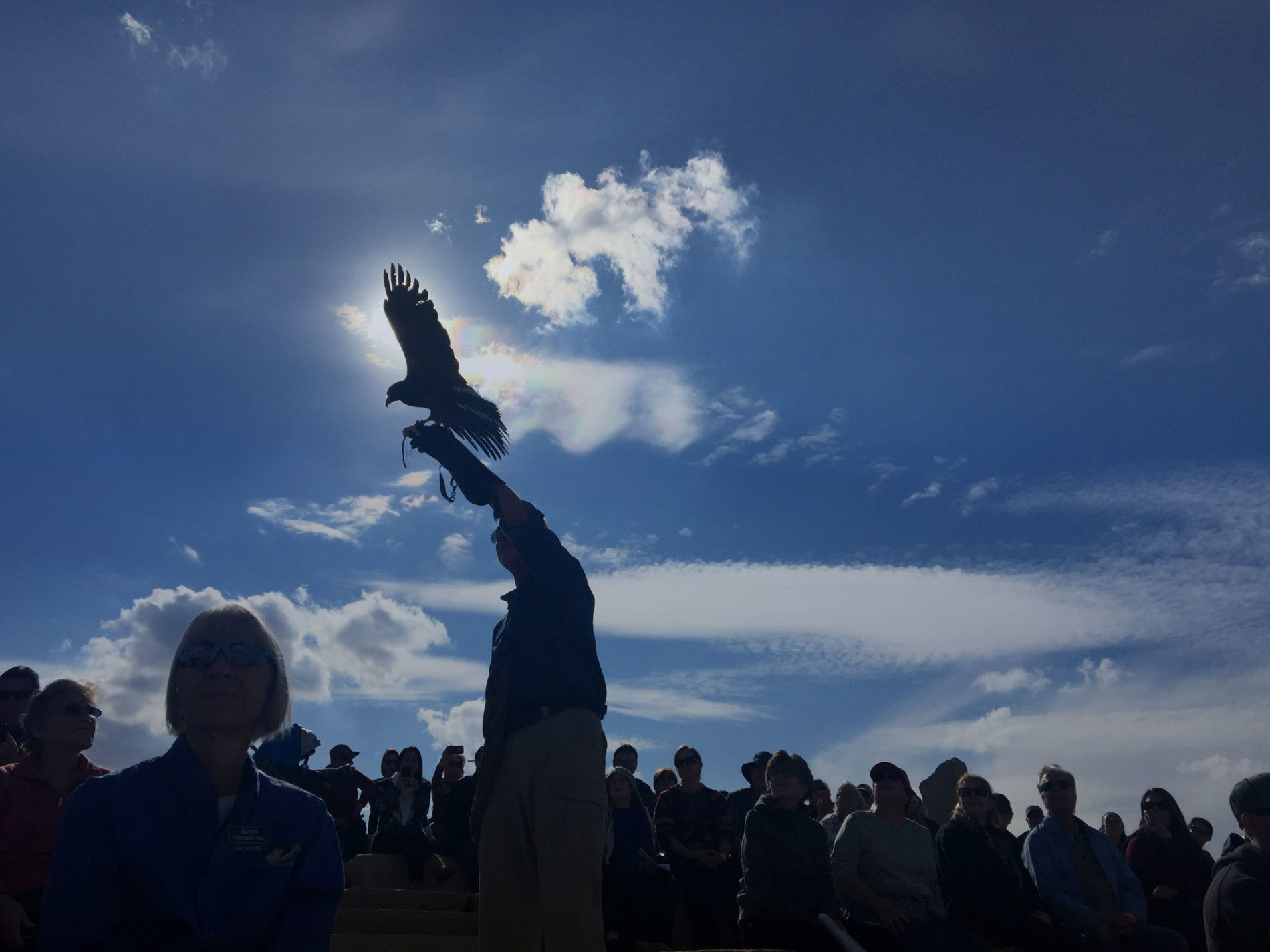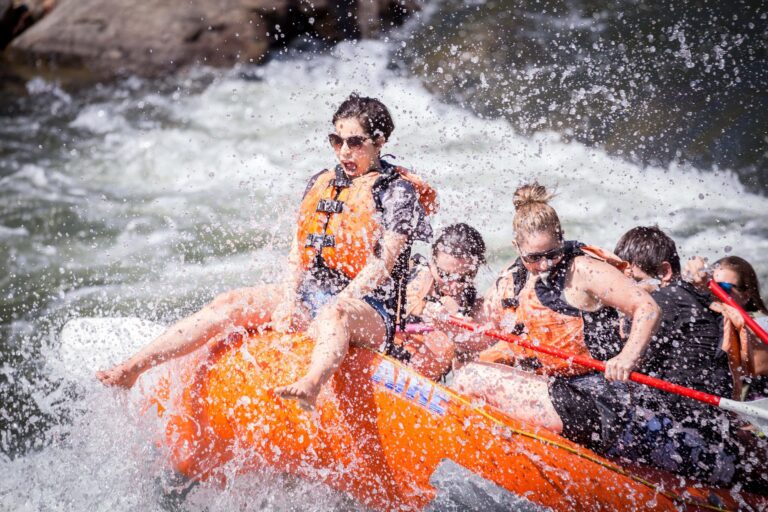The owl perches on his falconer’s shoulder, like an athlete preparing for the first steps of a race.
His wide black eyes focus on his target, as his muscles tense under tufts of silver and ashen feathers. He pulls his wings up and back, right into position…
He’s ready for this. Months of training, a strict diet, weigh-ins… all of them made him strong enough for this moment.
He takes off. His massive wings beat the cool autumn air for just a second, before gliding motionless across the outdoor arena, barely skimming over the heads of the audience.
A hushed chorus of “wow”s and “oh”s escape the mouths of children, teenagers, teachers and grandparents alike. A little girl in polka dot pants giggles with excitement as the feathers of his wings brush across her pigtails.
It’s extraordinary, yet just another day at the World Center for Birds of Prey.
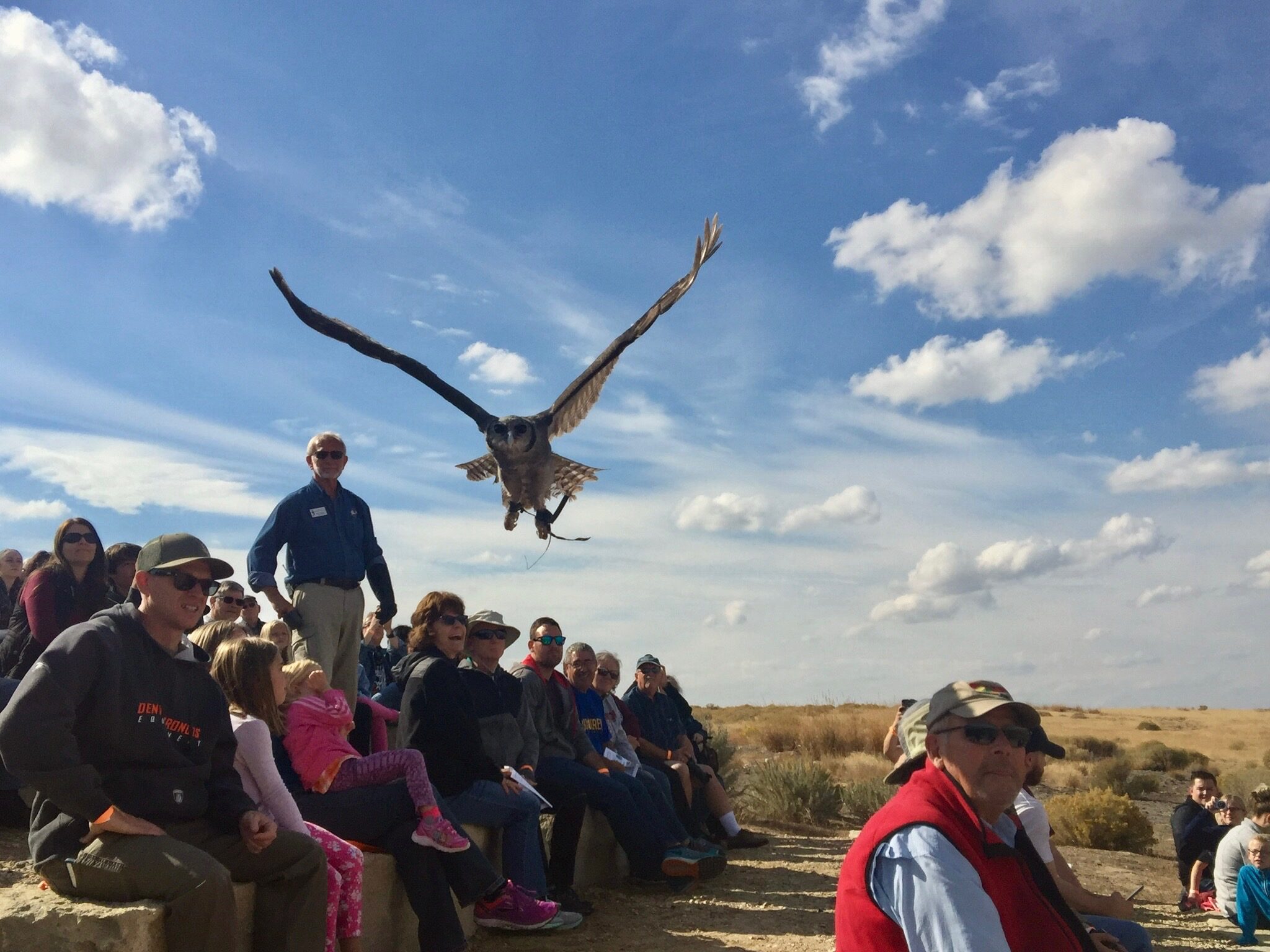
Standing on the dirt stage, the narrator, Erin, watches the owl as he descends gently onto the hand of another falconer across the arena. A childish smile breaks out on her face as she looks out into the faces of the crowd.
“When you let somebody get close to an animal, it starts to change their heart,” she says, moments before the show. “You see them fall in love with each of these birds.”
Getting Close
For Erin, it’s moments like these that inspire her to come to work every day at the Center, which operates as the headquarters for the Peregrine Fund, a nonprofit that promotes public engagement and global conservation efforts for raptor species around the world, many of which are endangered. As the director of global engagement, Erin’s job is to connect people to the raptors the Peregrine Fund protects.
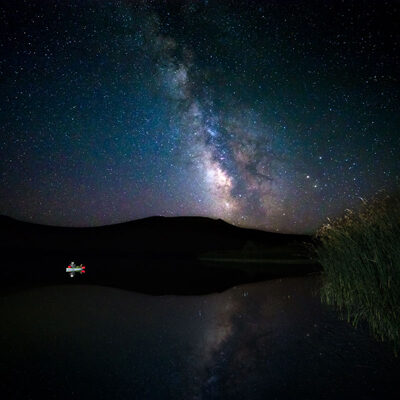
One of her favorite responsibilities? Being the narrator for Fall Flights, a series of performances that showcase the flying abilities of some of the many raptors living at the Center. The annual performances attract visitors from around the state, the nation and even the world, promoting public awareness and engagement around endangered raptors.
Erin believes Fall Flights isn’t about getting visitors to just learn about the raptors — it’s about getting people to care about them.
“It doesn’t matter every single natural history fact that I can come up with,” Erin says. “What matters is that people care.”
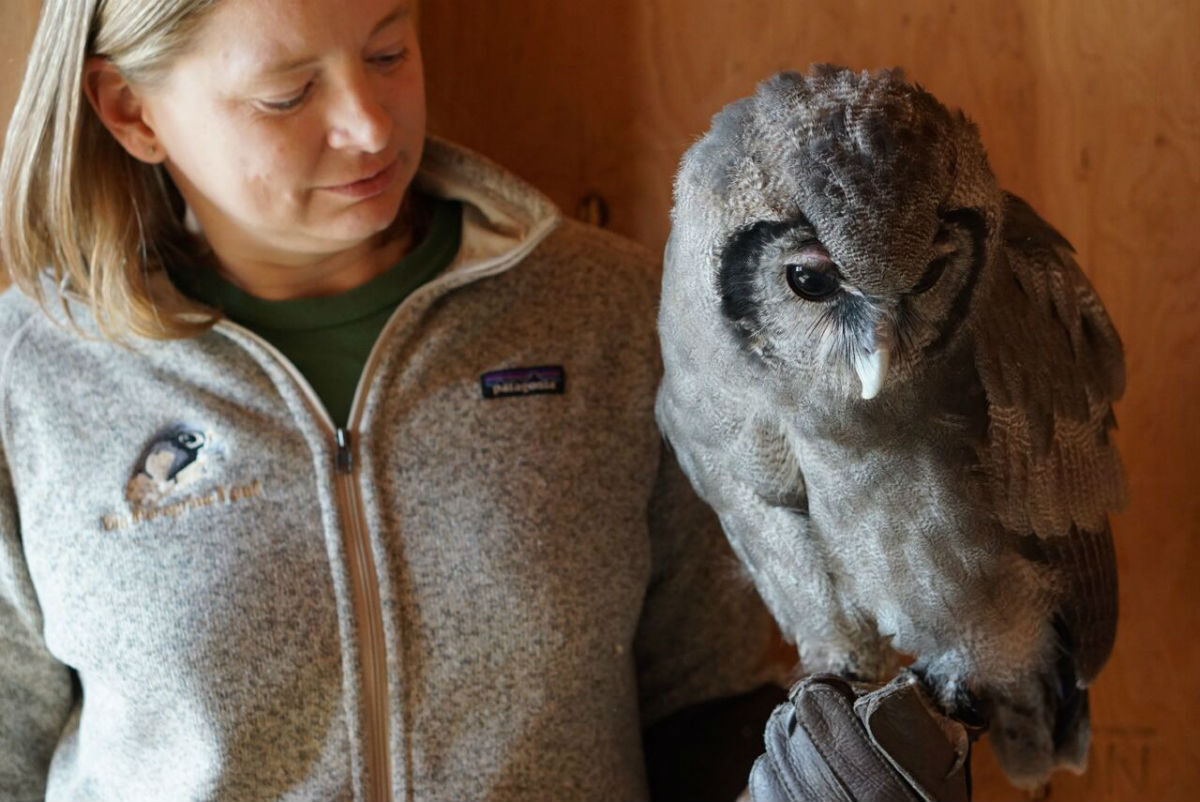
“Because when people care about something, they’re willing to do what it takes to protect it.”
— Erin
Erin knows this first-hand. As a teenager, her mother signed Erin up to volunteer at the Columbus Zoo, unaware that this small decision would later make a big impact on her daughter’s life.
“For a lot of animals, it’s hard to get close. It’s hard to get close to tigers, lions or bears,” Erin says. “But with birds, people can get close.”
She was hooked. She ended up earning degrees in wildlife management and nonprofit administration, eventually leading her and her husband (another wildlife researcher) to move to Southwest Idaho and find a job at the World Center for Birds of Prey.
What keeps her coming back after all these years? Her relationship with the birds.
Out of all the raptors she works with, Erin’s closest friend is a milky eagle owl, who she’s known since the beginning of his time here. He’s practically grown up at the Center, after being transported from a conservatory in Atlanta. (Most of the birds at the facility are either rescued, born and bred on the property, or transported from other conservatories.)
“He’s curious and loves to play,” she said, stroking his head while he playfully chewed on her sweater. “He’s confident and not spooked by anything. He loves to talk.”
Even visitors can have their favorites, and Erin has seen many visitors request to see a particular bird each time they visit.
Preparing for Take Off
Two hours before every show, volunteers, falconers and staff bustle through the narrow hallways that connect bird habitats, offices and storage rooms. They weigh birds, prep the treats, attach transmitters, help the birds into their carriers, and transport them to the arena.
The energy almost matches the moment in a locker room before a big game: anxiety, excitement and a looming sense of urgency.
In the midst of the commotion, Curtis (one of the falconers) shoves a pair of ear plugs deep into his ears before escorting a red-tailed hawk to the weighing station. It is quickly apparent why the ear plugs are necessary: the bird starts to unleash an onslaught of high-pitched shrieks.
He looks at her and smiles.

“She’s only got one word and one volume,” he says, as she shrieks at him.
He begins to mimic her: “Mom. Mom. Mom. Mom!”
This hawk is one of the six birds featured in the Fall Flights show. Due to her whole life being spent in captivity, she is completely reliant upon her trusted humans like Curtis to provide her with food, shelter and protection.
“It’s like we’ve become her parents in a way,” Curtis says.
Many of the birds living at the Center would not be able to survive in the wild on their own. Just like humans, trust is a necessity for raptors.
Here, trust takes a lot of time, patience and treats to build.
As a falconer, Curtis says his job isn’t to change or tame their wild nature, but to respect and learn from it. Curtis jokingly describes the raptors as “little dinosaurs you can train.”

“My job isn’t about teaching birds to be human, but learning to be a bird.”
— Curtis
Choosing to Come Back
Each Fall Flights show ends with the appearance of a particularly adventurous lanner falcon named Makeda. Known for their stealth, speed and athleticism, lanner falcons have been used in falconry for thousands of years.
Perched tightly on her falconer’s arm, Makeda enters the arena with a hood over her head to calm her. Her falconer gently loosens it, allowing her to see the people seated on the rock terraces.
With some encouragement, she swoops and glides across the arena.
Her falconer waits below, but she doesn’t return. She soars high above the Boise skyline and the Southwest Idaho foothills in the distance, becoming a speck on the horizon.
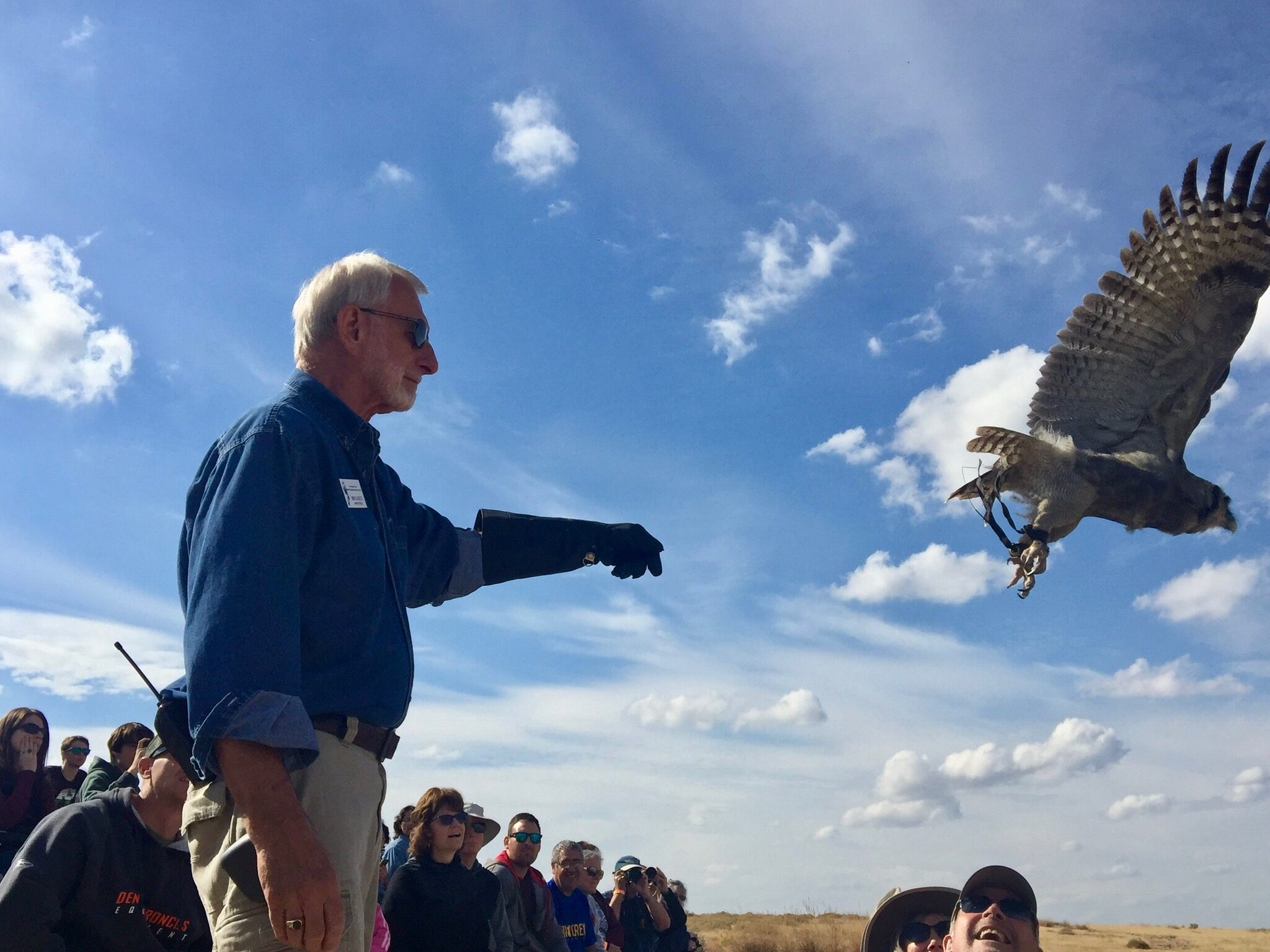
“We’re working with wild animals that can just fly away and never come back, but they choose to come back for us.”
— Erin
The team tracks her location as she flies two miles in five minutes. Meanwhile, the audience sits on the edges of their seats, trying to pick her out from the clouds and follow her journey.
“I think she’s flying to outer space!” a boy yelled out in wonder.
Erin laughs nervously, but she knows this is all part of the job.
“We respect our birds’ ability to choose. We don’t punish them for bad behavior or force them to do what we want. She’ll come back when she wants to…”
Later on, the team finds her perched on a shed near the edge of the property, ready to come home.
It’s moments like these that showcase the best part of Fall Flights: the ability to truly connect with and experience the wild.
Visiting the World Center for Birds of Prey
Catch the Fall Flights on weekend afternoons from late September to early November. Visit the Peregrine Fund website for more information.
Open hours:
March-November: 10 a.m. to 5 p.m., Tuesday through Sunday (closed Mondays)
November-February: 10 a.m. to 4 p.m., Tuesday through Sunday (closed Mondays)
Location: 5668 West Flying Hawk Lane, Boise, Idaho 83709
The Peregrine Fund’s World Center for Birds of Prey is a member of SWITA — thank you for helping us promote the best of Southwest Idaho.

